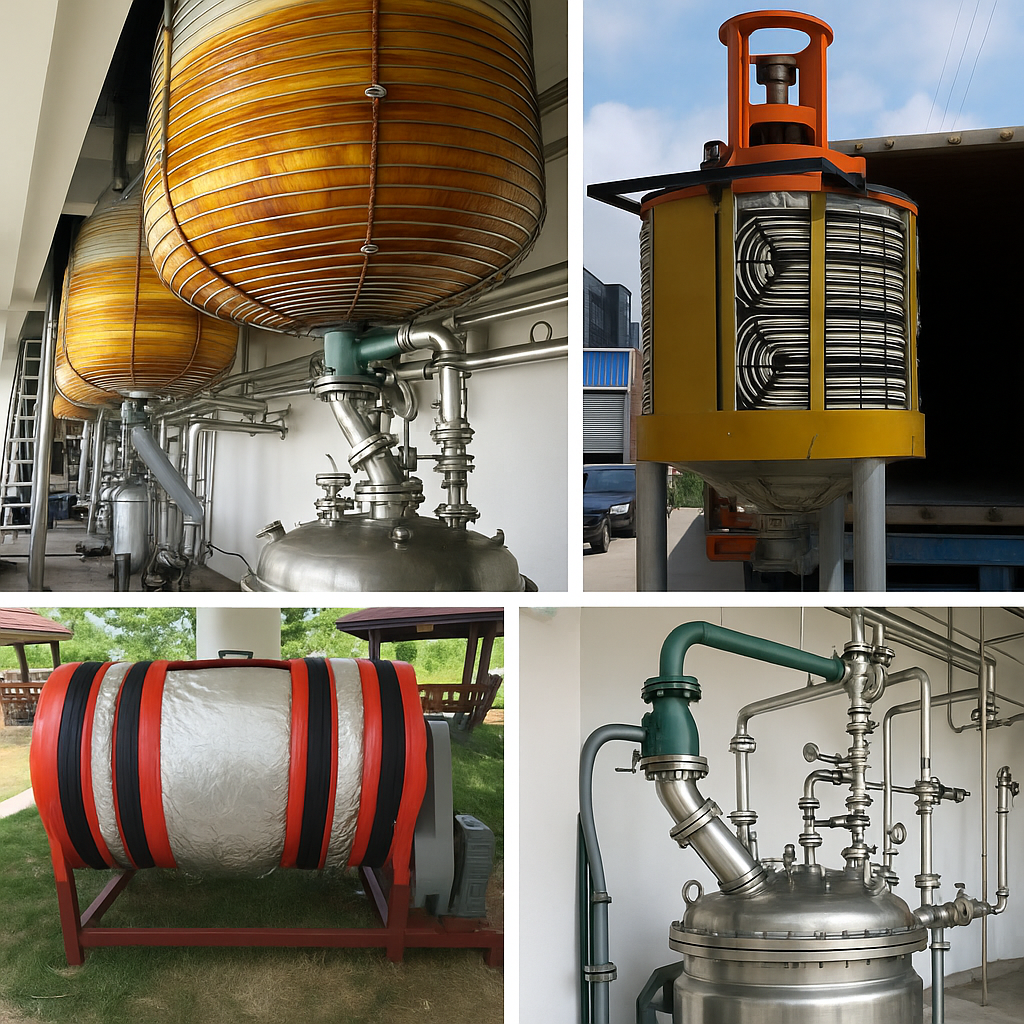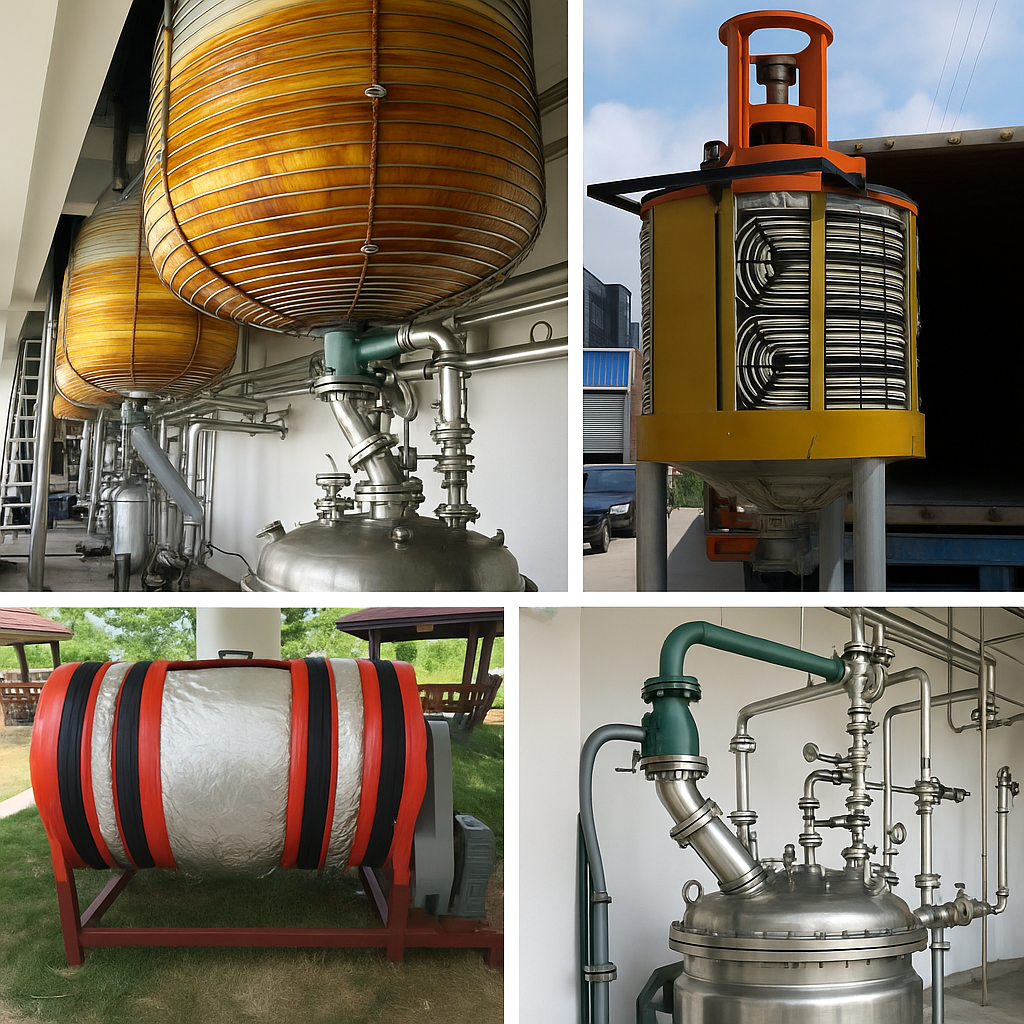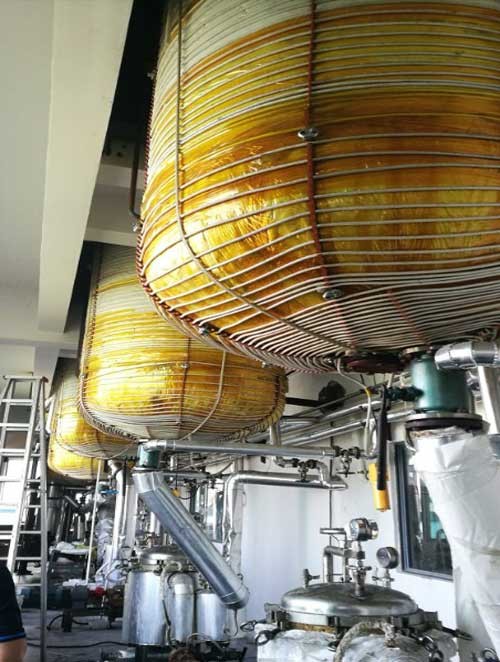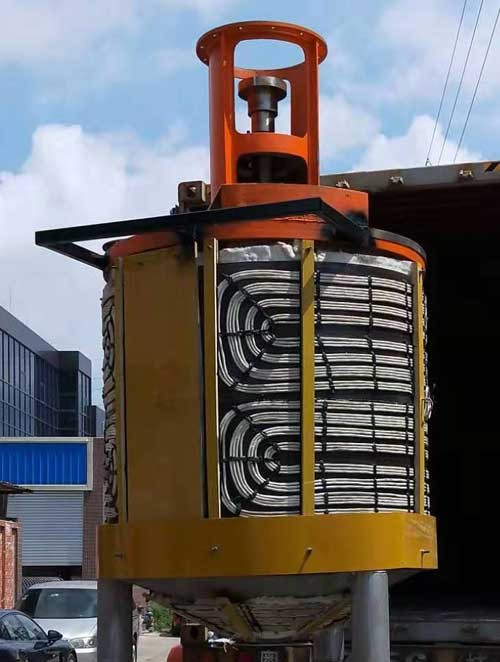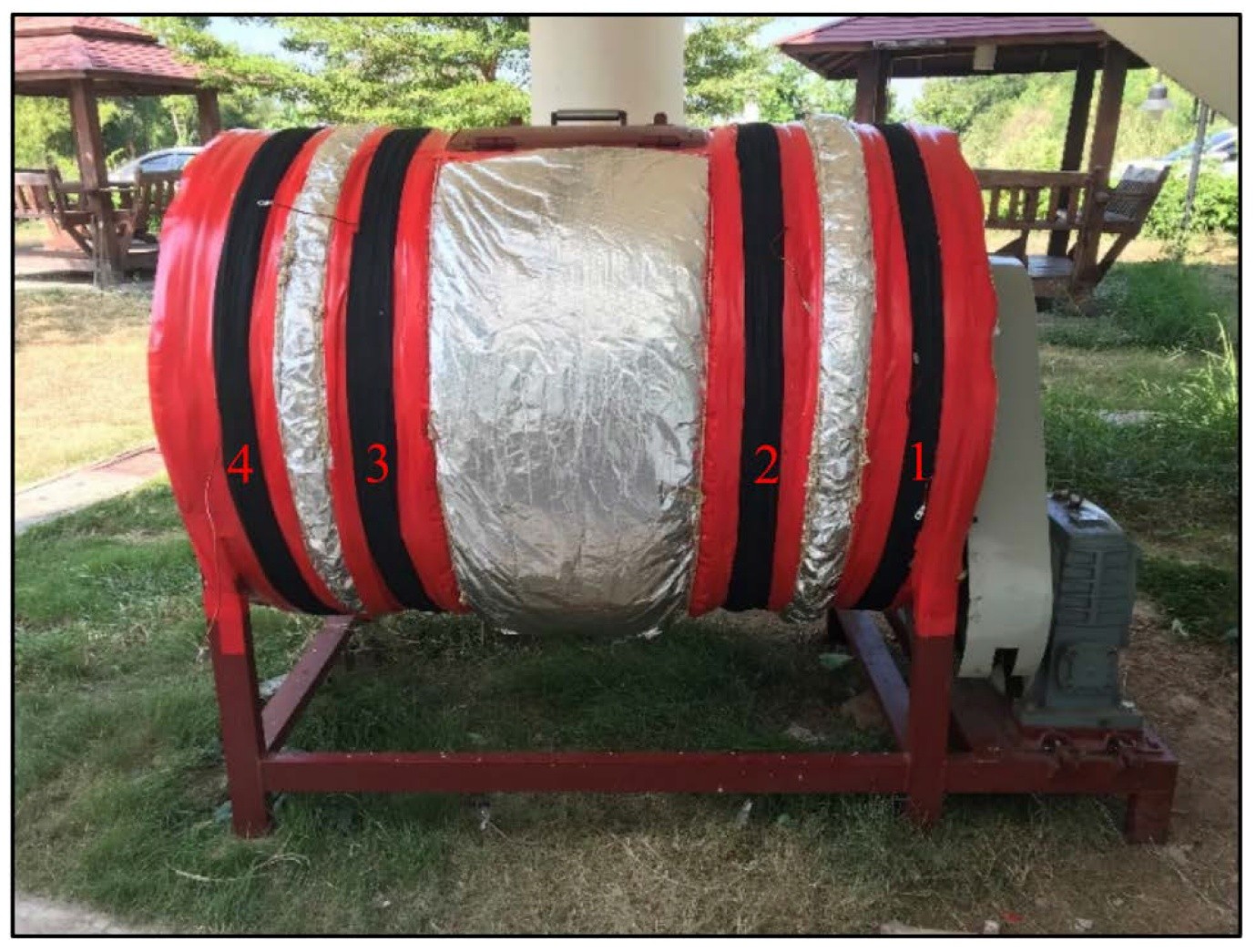Introduction to Induction Heaters for Barrel and Screw Heating
Induction heaters are an advanced, energy-efficient solution for heating applications in plastic processing industries. Commonly used for barrel heating and screw heating, these systems offer significant energy savings, faster heating, lower maintenance, and a cooler working environment compared to traditional resistance heating methods.
Installation of induction heaters requires no major changes to the existing electrical control system, making it a hassle-free upgrade for modern manufacturing setups.
- Portable Dehydrator
- Embedding Dehydrator
- Conveyor Dehydrator
- Withering
- Industrial Hybrid Dryer
- Industrial Heat pump (upto 75° C )
- Commercial heat pump (upto 60° C )
- Hybrid Heat pump (upto 95 ° c )
- Pool heat pump
Applications of Induction Heaters in Plastic Machinery
Induction heaters are widely used in the following machines and applications:
- Injection Moulding Machines
- Extrusion Lines
- Blow Film Machines
- Wire Drawing Equipment
- Granulating and Recycling Machines
They can effectively heat:
- Barrels
- Flanges
- Die Heads
- Screws
- And other critical components
Industries use induction heating in the production of films, sheets, profiles, and various raw plastic materials.
How Induction Heating Works
Induction heating works by generating eddy currents within an electrically conductive object (usually metal), causing Joule heating due to resistance. The induction coil itself remains cool—it is the material inside the coil that heats up. This contactless heating method ensures minimal energy loss and efficient thermal transfer directly to the component.
Why Choose Induction Heating for Barrel and Screw Heating?
Energy Efficiency Explained
Traditional resistance heaters rely on heating wires that transfer heat through contact. Much of this heat escapes into the surrounding environment, increasing workplace temperatures and wasting energy.
In contrast, induction heaters use high-frequency electromagnetic fields to generate heat directly in the metal parts. This results in:
- 30–80% energy savings
- Reduced ambient heat
- More efficient temperature control
With no resistance wires to burn out and minimal oxidation, induction systems offer a longer lifespan and require little maintenance.
Key Advantages of Induction Heating for Plastic Machinery
1. Massive Energy Savings
- Saves 30–80% energy using precise electromagnetic heating.
- Reduces the need for fans, air conditioning, or exhaust systems.
2. Lower Surface & Environmental Temperature
- Outer surface temperature remains at a safe 40–50°C.
- Minimizes heat emission, improving workplace comfort.
3. Quick & Easy Installation
- Half-open clamp design allows for easy installation on existing setups.
4. Extended Service Life
- Operates at just 100°C, leading to longer life for both the heater and machine components.
- Comes with 1-year warranty and support.
5. Boosts Productivity
- Reduces heating time by up to one-third, speeding up production cycles.
6. Enhances Product Quality
- Enables precise, stable, and uniform heating, leading to better plastic quality.
7. Higher Power Density
- One induction heater can replace 2–3 traditional heaters with higher wattage and better control.
Comparison: Induction Heaters vs Traditional Heaters
|
Feature |
Induction Heater |
Traditional Heater |
|
Heating Method |
Electromagnetic induction; only the material is heated |
Resistance wires heat the heater, which transfers heat to the barrel |
|
Heating Time |
Fast |
Slow |
|
Energy Efficiency |
Saves 30–80% energy |
Low efficiency |
|
Installation |
Easy |
Easy |
|
Operation |
Simple |
Simple |
|
Temperature Control |
Precise with low inertia |
Inaccurate due to high thermal inertia |
|
Product Quality |
High (due to precise heating) |
Moderate to Low |
|
Safety |
Safe to touch, low surface temp, no leakage |
High surface temp, potential for burns or electrical issues |
|
Heater Lifespan |
2–4 years |
1–2 years |
|
Machine Component Lifespan |
Longer (less stress on parts) |
Shorter |
|
Work Environment |
Cooler and quieter |
Hot and noisy |
FAQs
How Long Does an Induction Heater Last?
With proper use and maintenance, induction heaters can last over 2 years. Since the coil operates at only 100°C, components like barrels and screws also experience reduced wear and longer life.
How Fast is the ROI (Return on Investment)?
With a 30% energy-saving rate, most users recover their investment in 8–10 months—even faster with higher production usage.
Final Thoughts
Switching to induction heaters for barrel and screw heating is a smart investment for any plastic manufacturing operation. Not only does it drastically reduce energy consumption and environmental heat, but it also boosts productivity, ensures worker safety, and delivers superior product quality.
